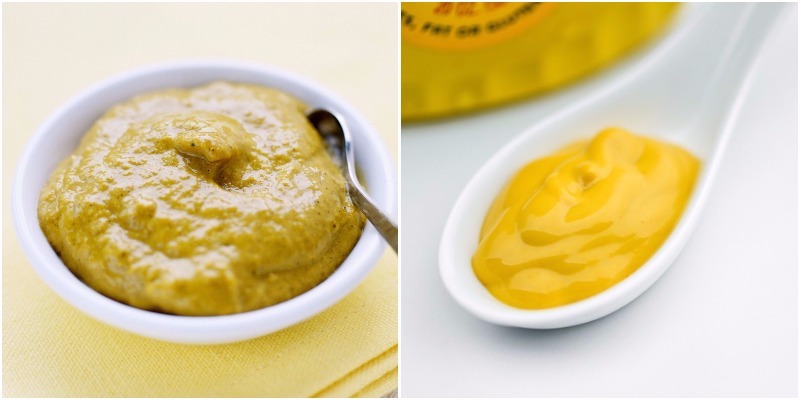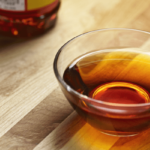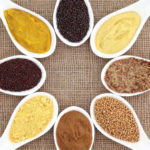Dijon Mustard
Dijon Mustard is a traditional French mustard, named after the town of Dijon in Burgundy, France. Its main ingredients include brown mustard seeds, white wine, or a mixture of vinegar, water, and salt. There are two types of Dijon Mustard: one with whole brown mustard seeds and the other with ground seeds.

Yellow Mustard
Yellow Mustard is a type of mustard commonly used in the United States. It gets its bright yellow color from turmeric. It is often used as a condiment on hot dogs, sandwiches, and hamburgers.

The Difference Between Dijon and Yellow Mustard
|
Dijon Mustard |
Yellow Mustard |
|
|
Year of Origin |
Dating back to 1865, this mustard is favored in France. |
Introduced in 1904, it gained popularity in European and American cuisines. |
|
Main Ingredients |
Brown mustard seeds, white wine, or a blend of vinegar, water, and salt. |
A combination of white mustard, sugar, and turmeric. |
|
Color |
Darker yellow in color compared to yellow mustard, sometimes with visible brown mustard seeds. |
Bright yellow from turmeric. |
|
Flavor |
Dijon Mustard has a mild, slightly pungent flavor. The variety with whole brown mustard seeds has a stronger flavor, resembling that of green mustard. |
Yellow Mustard has a mild, tangy flavor. |
|
Uses |
Great for salad dressings, sauces, and marinades. The variety with whole seeds is excellent for masking the fishy odor of seafood. |
Perfect accompaniment to sausages, hot dogs, and sandwiches. It also helps neutralize strong-smelling meats like mutton and goat. |

Dijon vs. Yellow Mustard: Which to Choose?
When deciding between Dijon and Yellow Mustard, consider their distinct characteristics. Dijon Mustard offers varying levels of pungency, all within a pleasant range, while Yellow Mustard has a subtle tangy twist. Choose the one that best suits your culinary needs and preferences.

The Ultimate Guide to Sauce Expiration Dates: How Long Do Your Favorite Condiments Last?
Introducing the ultimate guide to sauce expiration dates and storage! Are you a sauce enthusiast or a culinary connoisseur? Do you want to get the most out of your favorite condiments? From the creamy delight of mayonnaise to the tangy kick of BBQ sauce, and from the classic ketchup to the spicy thrill of hot sauce, we’ve got you covered. Discover the secrets to prolonging the freshness and flavor of your beloved sauces. With our expert advice, you’ll never have to worry about wasting another drop.






































